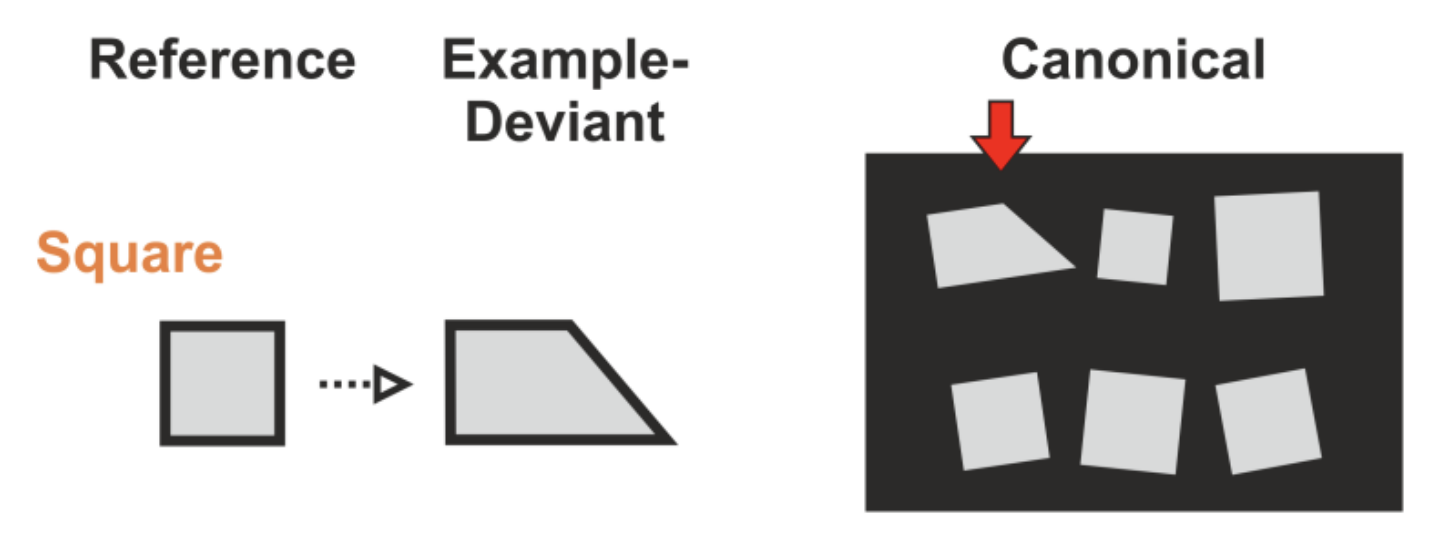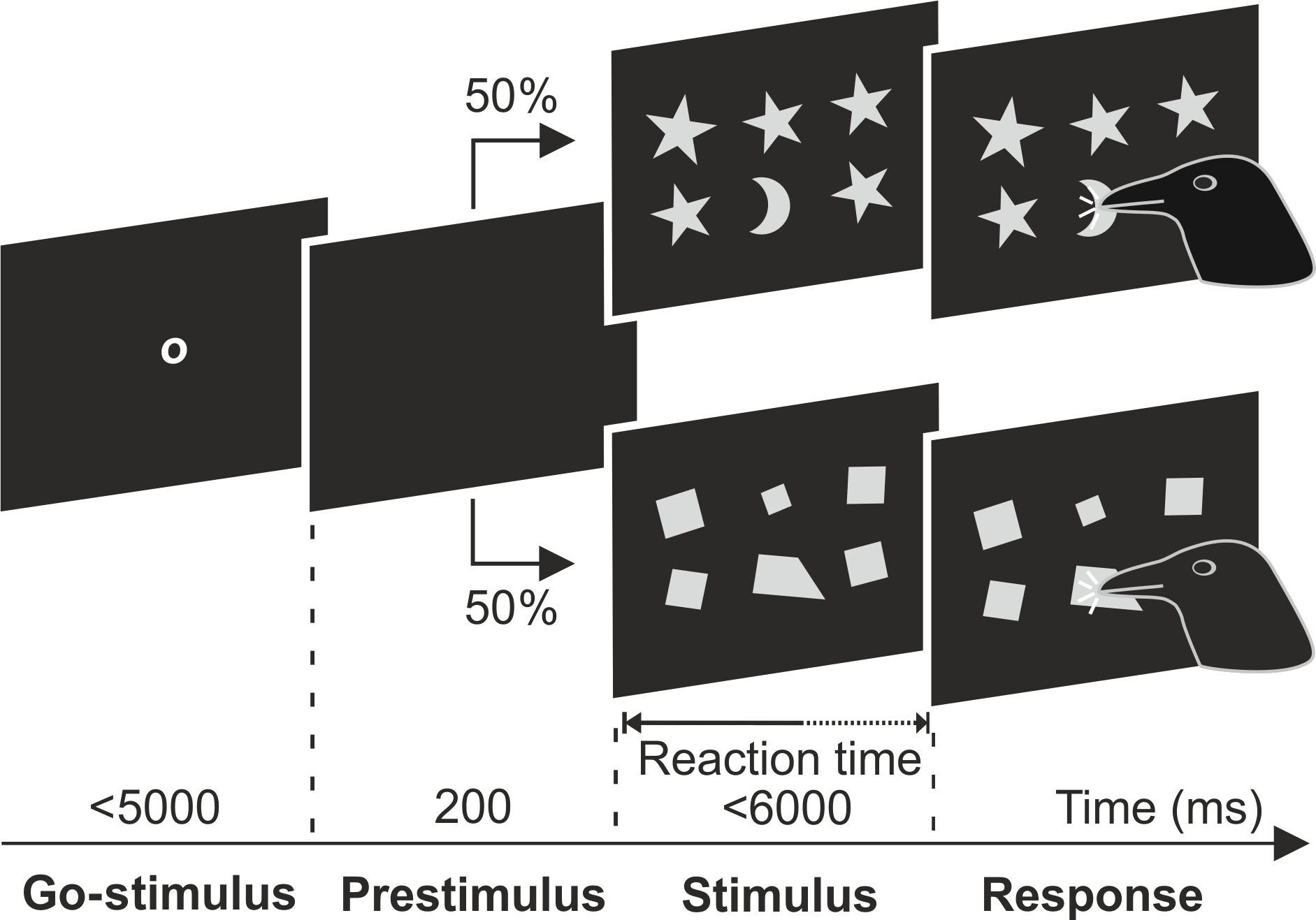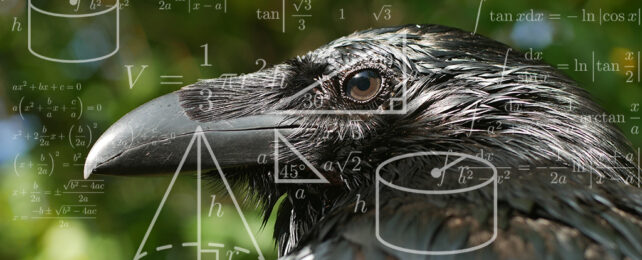Crows have a sense of geometric intuition much like our own, a new study reveals.
They can detect the 'odd one out' in a set of geometric shapes, and have an affinity for geometric regularity – shapes with consistent features, like squares, as opposed to irregular ones, like rhombuses.
Crows are the first non-human animals to demonstrate these abilities, which were once thought to be uniquely human.
This suggests that recognizing geometric shape regularity may be deeply ingrained in evolution, and could be more common in the animal kingdom than we've realized.
"We humans – based on our unique formal and symbolic understanding – take geometry to a whole different level; but the very foundation of it, from a visual point of view, seems to be rooted in evolution," animal physiologist Andreas Nieder told ScienceAlert.
Nieder and his colleagues from the University of Tübingen in Germany worked with two male carrion crows (Corvus corone), aged 11 and 10 years old, for the experiment.
The crows were trained to detect a single outlier shape that didn't match the five otherwise identical two-dimensional shapes displayed on a computer screen. To demonstrate which shape they determined to be the 'intruder', the crows pecked on its on-screen position.
"Up to this stage of the experiment, the crows had never been tasked with detecting a quadrilateral intruder amid an array of other quadrilaterals," the authors note in their research paper. This ensured the crows would demonstrate pre-existing geometric sensibilities, rather than learned ones.
For the main trials, half the time the crows were shown sets of quadrilaterals that contained varying degrees of regularity, with each shape set to a random rotation and scale.
The crows found it easier to detect an outlier among four-sided shapes with regular features, like the even length of sides in a square, or the consistent 90-degree angles of a rectangle. The more regular the shape's angles and sides, the more accurate 'intruder' detections the crows made.

In a sort of progression from easy to hard mode, the trials featured such quadrilaterals as the classic square, rhombus, isosceles trapezoid, right hinge (shown above), and an arbitrary irregular quadrilateral.
The more wacky the quadrilaterals, the harder it was for the crows to figure out which one was different from the rest, which, looking at the array they were given, is quite relatable.

"The crows, just like humans, had the most difficulty detecting geometric regularity in a rhombus. This highlights the similarities of the geometric capabilities between crows and humans," Nieder said.
To keep the crows interested and minimize possible frustration throughout the trials, the other half of the time they were shown familiar non-quadrilateral shapes, for instance, five stars and a single moon, which had been used in their training.

The crows' ability to discriminate between outlier shapes based on their geometric differences, without any additional training to do so, suggests that, like humans, geometric regularity may play an important role in crows' interactions with the world.
"Birds utilize [spatial regularities], for instance, for orientation and navigation in larger environments and in doing so have a survival advantage," Nieder said.
"This basic intuition in crows, their ability to grasp geometric properties in two-dimensional shapes, exemplifies how core knowledge of magnitudes and geometry is rooted in biological evolution."
Whether our abilities evolved separately or within our shared life history, we are excited to find yet another reason why crows are the best.
The research was published in Science Advances.
